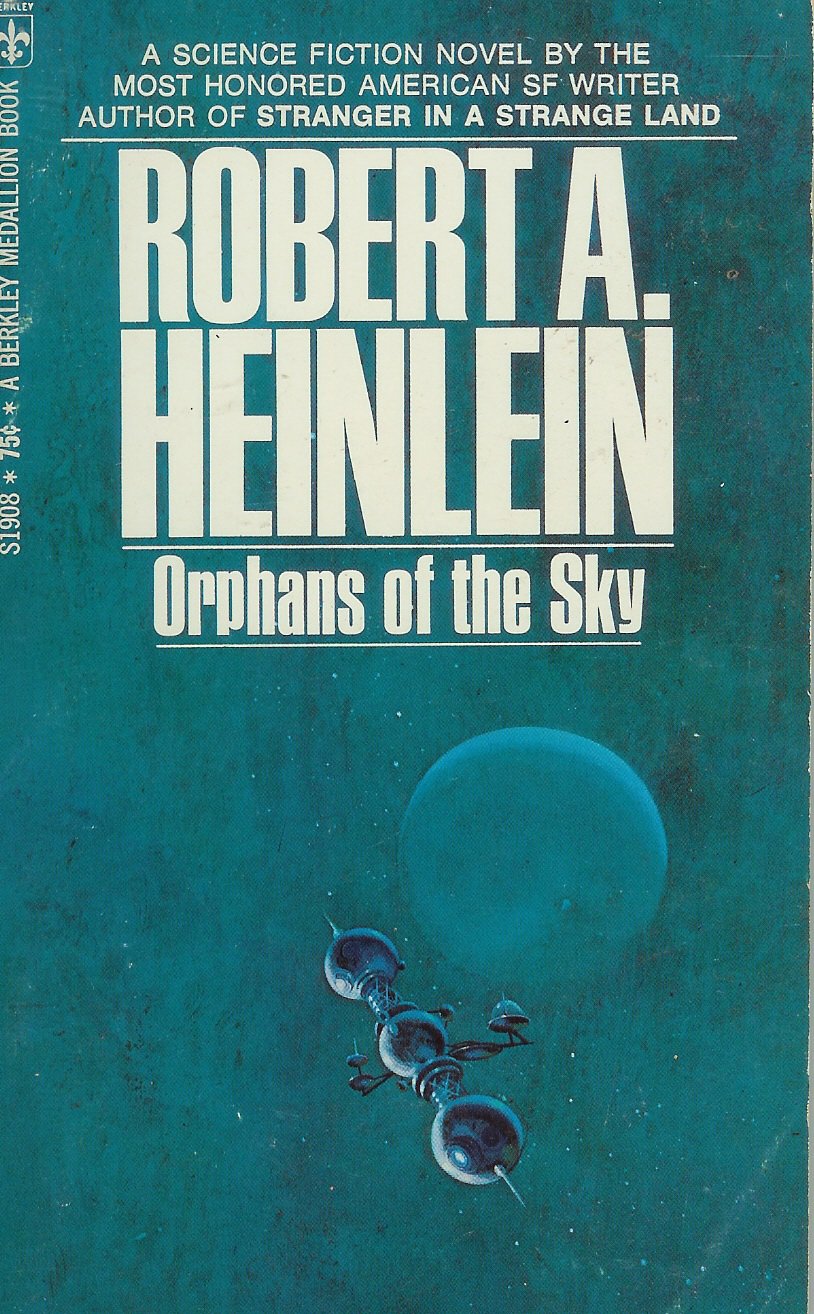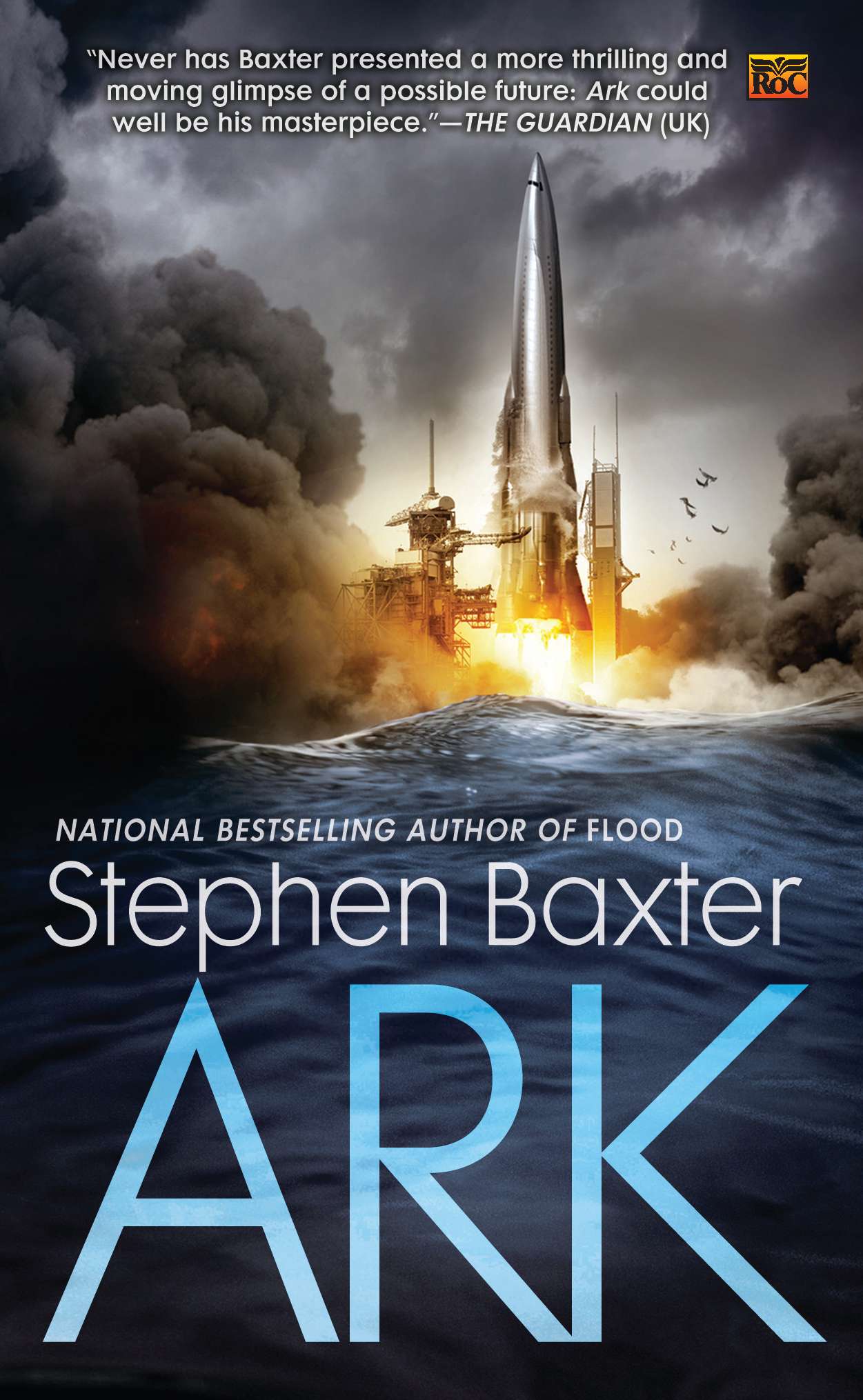Andy Sawyer, Science Fiction Librarian, University of Liverpool
- Published: Thursday, January 23 2014 09:59
The first serious speculation about interplanetary travel may have been that of John Wilkins, Bishop of Chester, who in 1640 added a new ‘proposition’ to a re-titled edition of his The Discovery of a World in the Moone (1638). Drawing upon the observations of Galileo, Wilkins had suggested that the Moon was a world like our own, that believing this did not contradict Christian belief and that it could well be inhabited. His fourteenth ‘proposition’ in A Discourse Concerning a New Planet went even further. It stated, “That tis possible for some of our posteritie, to find out a conveyance to this other world; and if there be inhabitants there, to have commerce with them.”

True, we needed to find out a way to actually find out this “conveyance” but, while other Moon voyages used a convenient waterspout (Lucian of Samosata), the miraculous power of evaporating dew (Cyrano de Bergerac), or even harnessing a flock of geese (Wilkins’ contemporary Francis Godwin), Wilkins argued simply that it could be possible given enough human ingenuity. We now know that some of his assumptions (such as that there was air between the worlds) are untrue, but space travel was a serious proposition rather than a satirical jest and during the nineteenth century writers were speculating about visiting other planets long before the actuality of achieving powered flight within the atmosphere had happened. In fact, in Robert Coles’ The Struggle for Empire (1900) we have a vast interstellar British Empire thanks to the discovery of antigravity and the forces of ‘Dynogen’, ‘Pralion’ and ‘Ednogen’ fortunately available in vast quantities throughout space. If Coles doesn’t use the word ‘quantum’, it is probably because the idea of driving wormholes through the quantum foam was some way in the future.
The use of the pressure of light on vast sails to propel space-craft was popularised by stories like Arthur C Clarke’s Sunjammer (1964) , also known as The Wind From the Sun. However, Cordwainer Smith, perhaps the most imaginative sf writer of the 1960s, had already added ‘photonic sails’ to the arsenal of interstellar travelling in stories like The Lady Who Sailed The Soul (1960) and Think Blue, Count Two (1962).

“I don’t know how it worked, but somehow the light pushed them and it took them a quarter of a life to make a single one-way trip.” (“The Lady Who Sailed The Soul”)
This glacially slow system – how the hibernating passengers are protected in case of breakdown – is the subject of Think Blue, Count Two but is replaced in Smith’s future-history by a kind of inter-dimensional transfer he called ‘planoforming’.
“Planoforming was sort of funny. It felt like like – like nothing much. Like the twinge of a mild electric shock. Like the ache of a sore tooth bitten on for the first time. Like a slightly painful flash of light against the eyes. Yet in that time, a forty-thousand-ton ship lifting free above Earth disappeared somehow or other into two dimensions and appeared half a light year or fifty light years off.” (The Game of Rat and Dragon, 1955)
Planoforming is itself replaced by the even more mysterious mastery of travelling through an even higher dimension of space (space-cubed) by means of the power of desire, which we read about in Drunkboat (1963).
Star-sailing remains a popular mode of transport; it is used by the aliens in Larry Niven and Jerry Pournelle’s The Mote in God’s Eye (1974) and it appears almost literally in the 2002 Disney film Treasure Planet. NASA’s actual ‘Sunjammer’ project, scheduled to launch in 2015 is, of course, named after Arthur C Clarke’s story. It is also certainly the most romantic, combining the days of sail with the sublime emptiness of outer space. But there are others.
Finding a plausible solution to the problem of interstellar travel – the apparent paradox that covering the distances to even the nearest stars means either spending decades in travelling time or breaking a fundamental law of the universe (that nothing can go faster than the speed of light) – exercised many science fiction writers and the solutions are sometimes ingenious. Some, following the Russian theorist of space travel, Konstantin Tsiolkovsy, or the visionary scientist J D Bernal, imagined ‘generation starships’ or ‘Space Arks’ that used relatively conventional power sources (from rocket power to Cordwainer Smith’s photonic sails) for vast ships in which crews and passengers are either in suspended animation or live and die during the voyage to allow their descendants to make the final planetfall. The first such fiction may have been Murray Leinster’s Proxima Centauri (1935), but Robert A Heinlein’s Orphans of the Sky (1963, based on stories published in 1941) considered one of the obvious problems – what if the ship’s inhabitants lost the sense that they were on a mission to another world?

Heinlein’s story was answered by others such as Brian Aldiss’s Non-Stop (1958) and Harry Harrison’s Captive Universe (1969) and more recently by Gene Wolfe’s Book of the Long Sun series (1993–96). Pamela Sargent’s Earthseed (1983) tells the story replacing an actual spaceship with a hollowed-out asteroid. The 1973 television series The Starlost dramatised this theme – although its creator, Harlan Ellison, disowned the on-screen results. Ken MacLeod’s Learning the World (2005) and Stephen Baxter’s Ark (2009) are more recent examples of generation starship in sf; Baxter in particular draws heavily upon speculation such as the Project Orion-derived blueprints for using nuclear explosions to provide the thrust for spacecraft.


Drawing upon the implications of Einstein’s theory of relativity, that mass warps space and time, other writers go full-throttle into faster-than-light travel or finding ways of avoiding the problem by drawing upon theories of cosmology that seem to offer a way out. The term ‘warp drive’, familiar to all viewers of Star Trek, was in fact in use in the 1940s (Fredric Brown’s Gateway to Darkness (1949) uses the term ‘space-warp drive’ to describe what seems to be a means of travel by warping or folding space), and terms like ‘hyper-drive’ or ‘hyperspace’ are as old. How do we do this? Often, the details are tantalisingly scarce, but the properties of anti-matter often come into it, as with the ‘Seetee’ (Countra–Terrene) stories by Jack Williamson in the 1940s, beginning with Collision Orbit (1942). It is the matter/anti-matter collision, regulated by the famous dilithium crystals, which powers the USS Enterprise into warp drive in the Star Trek Universe. The special effects in other film and television series such as Star Wars and Babylon 5 suggest similar processes.
Perhaps the most solutions to the problem of interstellar travel were devised by James Blish. The ‘spindizzies’ in the stories published in the 1950s in Astounding and collected as Earthman, Come Home (1955) use the ‘Blackett–Dirac effect’ to neutralise gravity and result in not just spaceships but entire cities taking off from the Earth to roam the Universe. In
Common Time (1953), the ‘Haertel overdrive’ allows the stars to be reached, but with a drastic alteration to the pilot Gerrard’s sense of subjective time. In stories such as Surface Tension (1952) he suggested that the generation starship/FTL dilemma was irrelevant. The solution – perhaps derived from the ending of Olaf Stapledon’s Last and First Men (1930), where the final species of humanity faces the imminent explosion of the Sun – is to disseminate throughout the Universe the genetic material of humanity and allow it to evolve where it finds a home.

Other writers solved this problem by the age-old ‘have cake and eat it’ solution, also known as the ‘leapfrog effect’. Robert Heinlein’s Time for the Stars (1956) involves the rescue of a starship thanks to the discovery of faster-than-light (FTL) travel many years after the starship was launched.
More recently, ideas deriving from newer theories of cosmology such as the energies derived from black holes, wormholes connecting black holes, string theory or the behaviour of matter and time at the subatomic level (quantum foam) have been used as rationales for interstellar travel in fiction and speculative theory. In fact, Gregory Benford, co-editor along with his twin brother James of the fiction/fact anthology Starship Century (2013), is not only a physicist who has worked on wormhole theory and a leading advocate for space travel, he is an acclaimed science fiction writer.
Things have got even weirder. Gwyneth Jones’s ‘Buonarotti drive’ is a mixture of objective and subjective. “Everything had been translated here by the Buonarotti Torus, as pure data” (The Ki-anna, 2010). People and objects move from place to place by means of (it seems) transferring information and entering into a kind of dream-like state.
“The whole Universe is a game, is it not? A puzzle-mass of tiny units of information, the pattern of which can be changed at will – given the torus, and the fabulous software implanted in a trained, numinous consciousness.” (The Tomb-Wife, 2007)
Something similar happened with Ursula K Le Guin’s ‘churten physics’ in stories like The Shobies’ Story (1990). True, this is shamelessly “not extrapolated from any existing theory of technology, not justifiable by any current theory of physics”, as Le Guin reminds us (A Fisherman of the Inland Sea, 1994), but nobody has as yet managed to dive into a black hole and come out near Alpha Centauri.
As science fiction versions of interstellar travel, Le Guin’s NAFL (Nearly As Fast as Light) drive or (drives: she is wisely pragmatic about how it all works and indeed extrapolations of several versions of current speculations would do) is probably as good as it gets. But if all of this sounds improbable, perhaps we should just follow the example of Douglas Adams in The Hitch-Hiker’s Guide to the Galaxy (1978) and invent the Infinite Improbability Drive and have done with it!








Comments